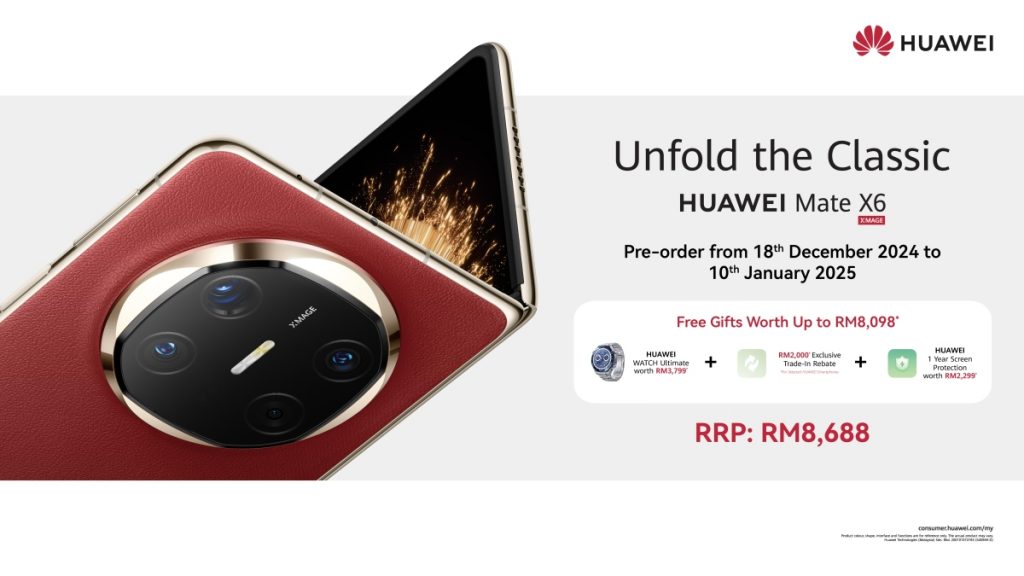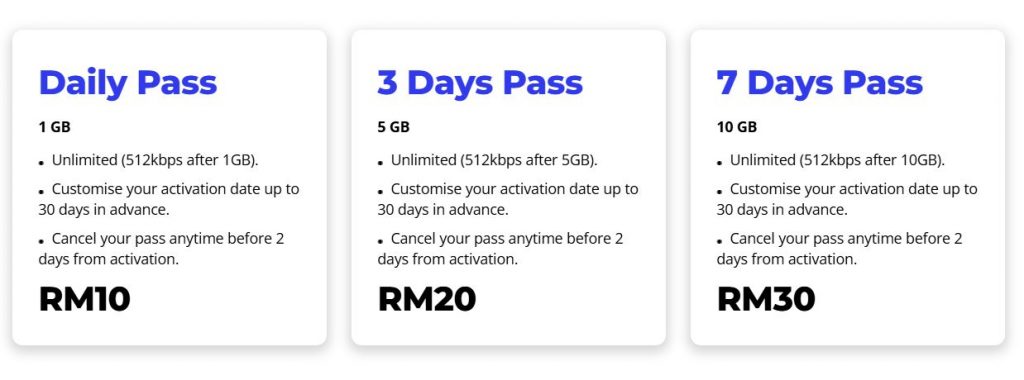The Samsung Galaxy S24 is considered to be one of the best compact smartphones out there at the moment. Google announced some devices to compete with it, though, and we’re here to compare one of them with the Galaxy S24. In this article, we’ll compare the Google Pixel 9 vs Samsung Galaxy S24. We’re comparing the vanilla Pixel 9 first because of its price tag. The launch price of the Galaxy S24 is an exact match to the Google Pixel 9.
With that being said, the Pixel 9 is actually a slightly larger smartphone than the Galaxy S24. Still, both are considered to be compact, so… it makes sense. These two smartphones are quite a bit different, though. That goes for their designs, but also for their internals. Luckily for us, that should make for a rather interesting comparison. We’ll kick things of with their specifications and take things from there. Let’s get to it, shall we?
Specs
Google Pixel 9 vs Google Pixel 8, respectively
– Screen size:
6.3-inch fullHD+ OLED (120Hz, HDR, 2,700 nits)
6.2-inch Dynamic AMOLED 2X (flat, 120Hz, 2,600 nits max brightness)
– Display resolution:
2424 x 1080
2340 x 1080
– SoC:
Google Tensor G4
Qualcomm Snapdragon 8 Gen 3/Samsung Exynos 2400
– RAM:
12GB (LPDDR5X)
8GB (LPDDR5X)
– Storage:
128GB/256GB (UFS 3.1)
128GB (UFS 3.1)/256GB/512GB (UFS 4.0)
– Rear cameras:
50MP (wide, f/1.7 aperture, 1.2um pixel size, OIS, EIS), 48MP (ultrawide, f/1.7 aperture, 123-degree FoV)
50MP (wide, f/1.8 aperture, OIS, Dual Pixel PDAF), 12MP (ultrawide, 120-degree FoV, f/2.2 aperture, 1.4um pixel size), 10MP (telephoto, f/2.4 aperture, OIS, PDAF, 3x optical zoom)
– Front cameras:
10.5MP (f/2.2 aperture, 1.22um pixel size)
12MP (wide, f/2.2 aperture, Dual Pixel PDAF, 22mm lens)
– Battery:
4,700mAh
4,000mAh
– Charging:
27W wired, 15W wireless (Pixel Stand), 12W Qi wireless, 5W reverse wireless (no charger)
25W wired, 15W wireless, 4.5W reverse wireless (charger not included)
– Dimensions:
152.8 x 72 x 8.5mm
147 x 70.6 x 7.6mm
– Weight:
198 grams
167/168 grams
– Connectivity:
5G, LTE, NFC, Wi-Fi, USB Type-C, Bluetooth 5.3
– Security:
Ultrasonic in-display fingerprint scanner
– OS:
Android 14
Android 14 with One UI 6.1
– Price:
$799+
$799.99+
– Buy:
Google Pixel 9 (Best Buy, Google Store)
Galaxy S24 (Best Buy)
Google Pixel 9 vs Samsung Galaxy S24: Design
Both the Pixel 9 and Galaxy S24 are made out of metal and glass. In fact, both companies used aluminum for the frame of their devices. On top of that, both smartphones have a flat frame all around, and even a similar curvature in the corners. That frame is also slightly rounded towards the edges on both smartphones. You’ll also find a flat display on both of these phones, with a centered display camera hole up top. Do note that the one on the Pixel 9 sits a bit lower than the one on the Galaxy S24, and it’s also larger.
Both smartphones have thin bezels, but the ones on the Galaxy S24 are thinner. The physical buttons sit on the right-hand side of both smartphones, but they do have different placement. On the Pixel 9, the power/lock button sits above the volume rocker buttons. On the Galaxy S24, it’s the other way around. Their camera setup on the back are entirely different. Before we get to it, though, do note that both phones have flat backs.
The Pixel 9 has a pill-shaped camera island, which is horizontally-oriented. Two cameras sit inside of it, and the camera island does protrude on the back quite a bit. The Galaxy S24, on the flip side, has three cameras on the back, but each of them protrude directly from the backplate. They are vertically-stacked, and located in the top-left corner of the phone’s back. The Pixel 9 does have a slightly larger display than the Pixel 9, though it’s noticeably taller and wider. It’s also thicker than the Galaxy S24, and heavier too, by around 30 grams. Both devices are slippery, and have an IP68 certification for water and dust resistance.
Google Pixel 9 vs Samsung Galaxy S24: Display
The Google Pixel 9 features a 6.3-inch fullHD+ (2424 x 1080) OLED display. That panel is flat, and it has a 120Hz refresh rate (60-120Hz), while HDR10+ content is supported. This panel’s brightness goes up to 2,700 nits, and the screen-to-body ratio is at around 86%. The display aspect ratio, on the other hand, is 20:9, while we’re looking at 422 ppi here. The Gorilla Glass Victus 2 is placed on top of the panel to protect it.

The Galaxy S24, on the other hand, has a 6.2-inch fullHD+ (2340 x 1080) Dynamic LTPO AMOLED 2X display. This panel has an adaptive refresh rate from 1 to 120Hz. The display is flat, and it goes up to 2,600 nist of brightness. HDR10+ content is supported, while the screen-to-body ratio is at around 90%. The display aspect ratio is 19.5:9, we’re looking at 416 ppi here. The Gorilla Glass Victus 2 protects this panel too.
Both of these displays are really good. They’re both vivid, bright, and have great viewing angles. The touch response is also good on both. The Galaxy S24 does have thinner bezels around the display, and it technically has a more advanced display (LTPO). Thus it has a display that should pull less power from the battery, which is good. Still, we do consider both of these displays to be really good, and the LTPO difference alone is not a huge one. So… chances are you’ll be happy with either panel.
Google Pixel 9 vs Samsung Galaxy S24: Performance
Google’s new vanilla Pixel handset is fueled by the Google Tensor G4 chip. That is Google’s brand new processor, which in this case comes with 12GB of LPDDR5X RAM and UFS 3.1 flash storage. The Galaxy S24, on the flip side, is fueled by the Snapdragon 8 Gen 3 for Galaxy processor, or the Exynos 2400, depending on the market. We used the Snapdragon variant, though. Samsung’s handset also offers 8GB of LPDDR5X RAM, and it uses UFS 4.0 flash storage, except for the entry-level 128GB storage model, that one utilizes UFS 3.1..
In all honesty, Google should have used UFS 4.0 as well, instead of UFS 3.1. Its chip is also notably less powerful than the Snapdragon 8 Gen 3. The Tensor G4 was made with AI in mind, however, and it seems to perform just fine day-to-day. Still, the difference in sheer power is worth noting. However, both smartphones perform really well in day-to-day tasks. They’re quite responsive regardless of what you throw at them.
What about gaming? Well, the Pixel 9 will heat up more than the Pixel 9 Pro, as it does not have a vapor chamber on the inside. However, it did a good job in gaming for us. It did drop more frames than the Galaxy S24 in graphically-intensive titles, but it did better than expected. Do keep in mind that the Tensor G4 is definitely not made for gaming, so that’s why it’s surprising. The Galaxy S24 is a better bet if you’ll play plenty of games, just keep in mind we used the Snapdragon model, not the Exynos one.
Google Pixel 9 vs Samsung Galaxy S24: Battery
The Google Pixel 9 has a 4,700mAh battery, while the Galaxy S24 comes with a 4,000mAh unit. The Galaxy S24 does have a slightly smaller display, but a considerably smaller battery. It does have a more power-efficient SoC and storage too (most of its units), though. Based on what we’ve seen thus far, however, the Pixel 9 does have the upper hand in the battery life department.
The Galaxy S24 is capable of getting to 6 hours of screen-on-time if you’re careful. It’s easy to fly under that mark. The Pixel 9, on the other hand, can easily step over the 6-hour screen-on-time mark, and go beyond that. Getting 7 hours of screen-on-time is not out of the question on the Pixel 9. Your mileage may vary, though, of course, we use our phones in different ways, with different apps, and with different signal strengths, so… it all depends.
What about charging? Well, neither of these two phones is particularly fast in that regard. The Google Pixel 9 supports 27W wired, 15W wireless (Pixel Stand), 12W Qi wireless, and 5W reverse wireless charging. The Galaxy S24, on the other hand, supports 25W wired, 15W Qi wireless, and 4.5W reverse wireless charging. They both take quite a bit of time to fully charge, though you can get to 50% in around 30 minutes. Neither phone ships with a charger in the box, though.
Google Pixel 9 vs Samsung Galaxy S24: Cameras
The Pixel 9 has two cameras on the back, while the Galaxy S24 includes three cameras on its back. The Google Pixel 9 includes a 50-megapixel main camera, and a 48-megapixel ultrawide unit (123-degree FoV). The Samsung Galaxy S24, on the other hand, has a 50-megapixel main camera, a 12-megapixel ultrawide camera (120-degree FoV), and a 10-megapixel telephoto unit (3x optical zoom).


Do note that the Pixel 9 has a larger camera sensor for its main shooter. It also has a more modern and better ultrawide camera sensor. With that being said, the photos provided from the two smartphones are notably different. The Pixel 9 does a similar job to its predecessor. You’re getting those really nice, contrasty photos with outstanding HDR processing. The Galaxy S24 loves to provide colorful photos too, and it does a good job as well, especially in good lighting. We usually preferred the shots from the Pixel 9, as it was more consistent, and they simply looked better out of the camera.
In low light, both smartphones love to light up scenes quite a bit. At times they can even look too bright, but that’s what most people seem to prefer these days. In any case, we’ve noticed less noise and more preserved detail from the Pixel 9’s camera. The Galaxy S24 does not do a bad job at all, but the difference is noticeable. Also, sticking with the main camera in low light is your best bet, even though ultrawide shots don’t look bad either.
Audio
Yes, both of these devices have a set of stereo speakers, and yes they’re quite good. They’re not the best around, not even close, but not many people will have much to object to. They’re loud enough and also provide rich audio output. The loudness is also very similar between them.
What you’re not getting here, on either phone, is an audio jack. You can still use their Type-C ports to connect your wired headphones, though. If not, you’ll be glad to know that both smartphones support Bluetooth 5.3.



